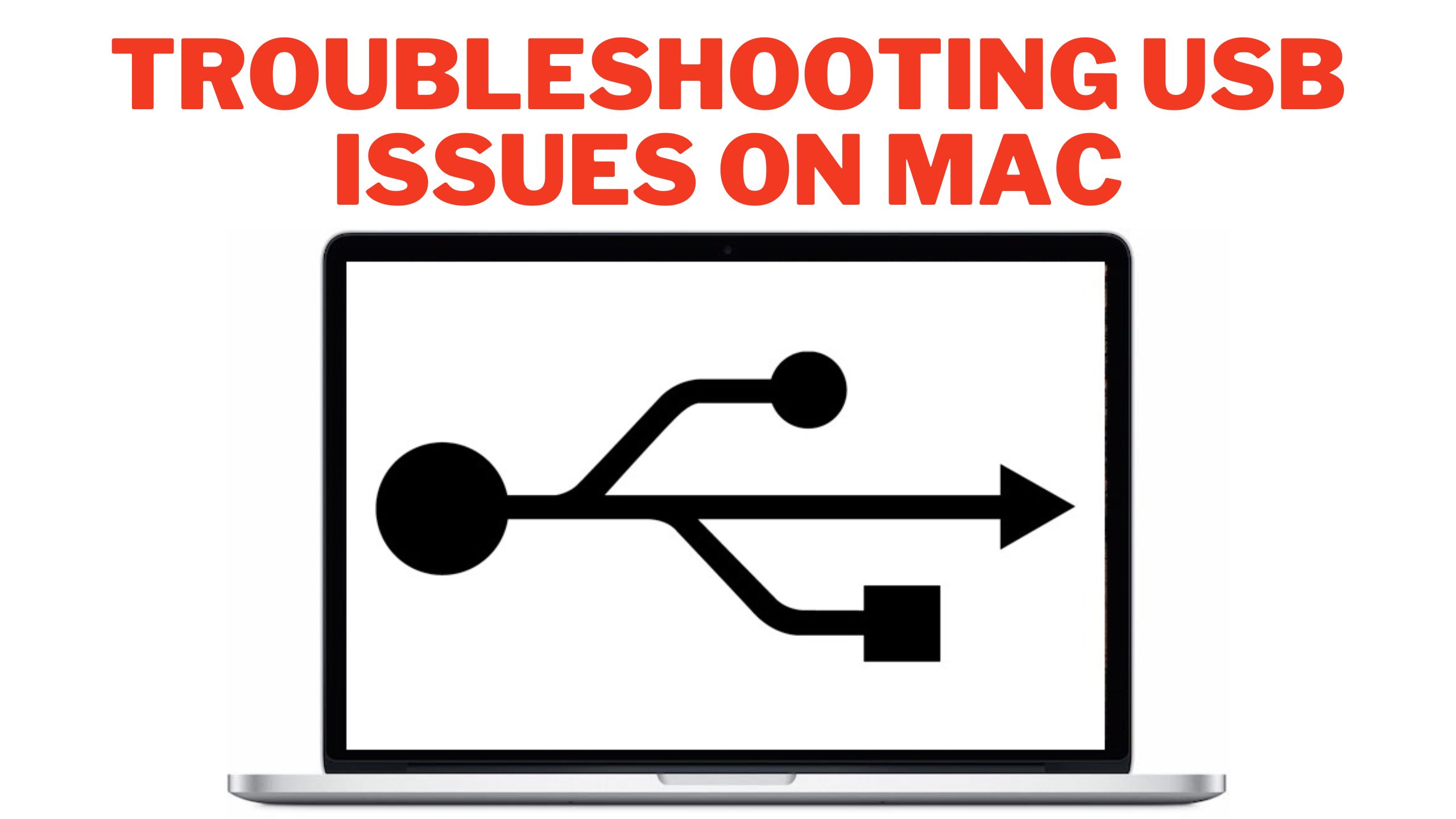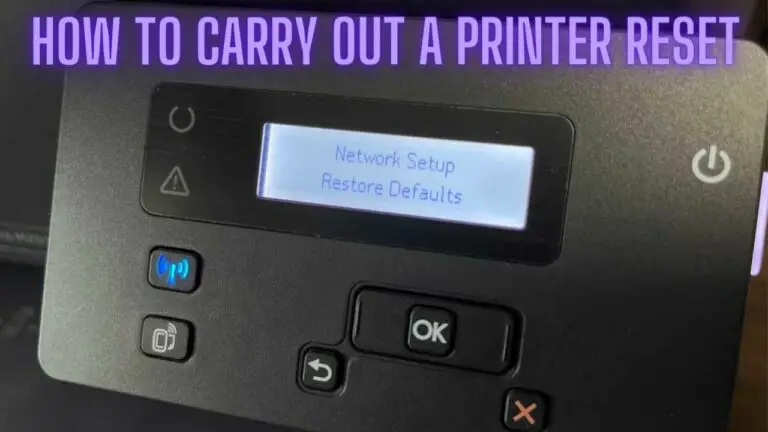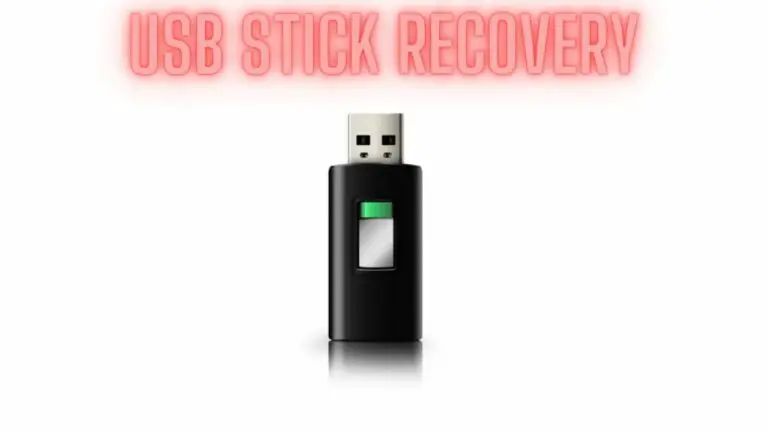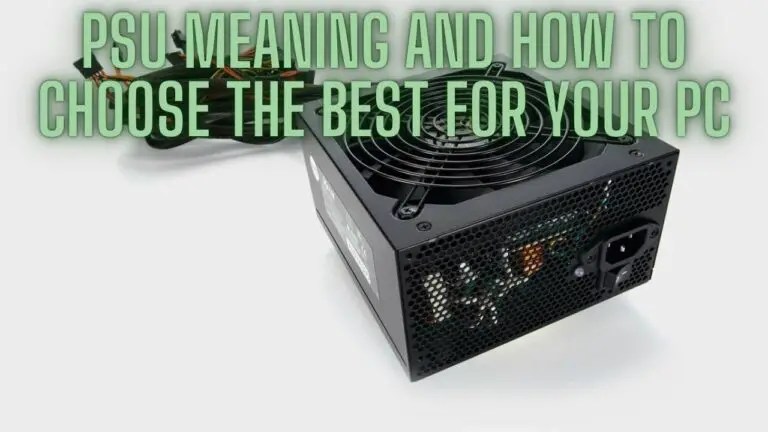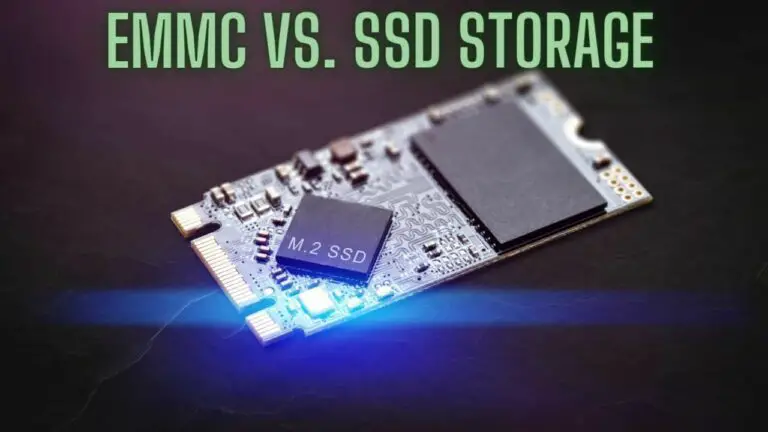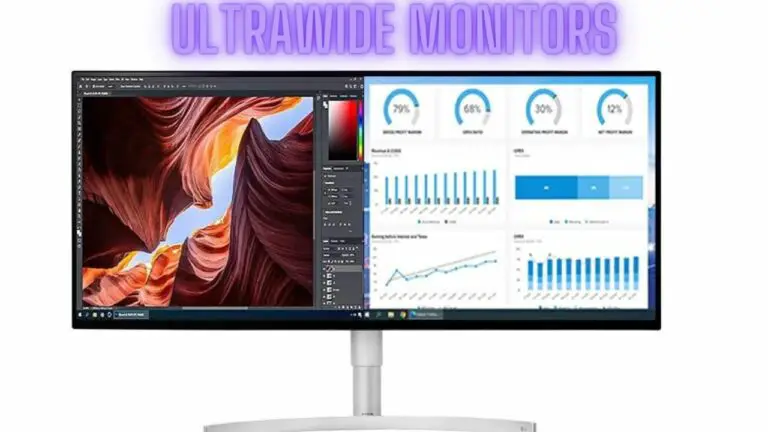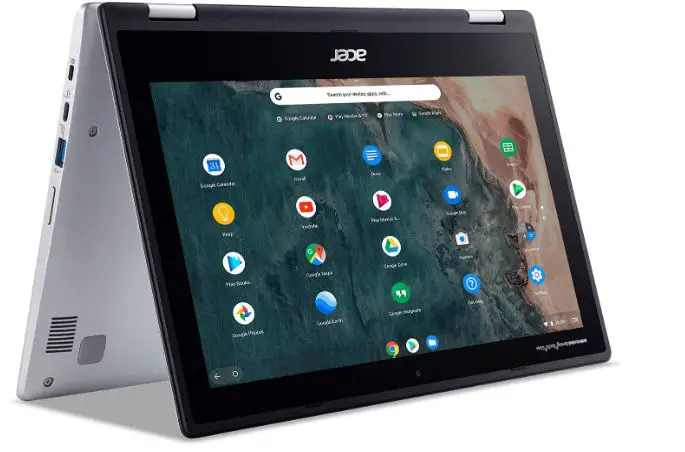Troubleshooting USB Issues on Mac
Introduction
USB (Universal Serial Bus) ports are essential components of modern computing, facilitating the connection of various peripherals and devices to your Mac. However, encountering issues with USB connections can be frustrating and disruptive to your workflow. This guide aims to provide a comprehensive overview on troubleshooting USB issues on mac.
Whether you’re experiencing connection problems, device recognition issues, or power-related concerns, this guide will walk you through the troubleshooting process step by step. From basic checks to advanced debugging techniques, you’ll learn how to diagnose and address USB issues on your Mac, ensuring smooth and reliable operation of your devices.
By understanding the intricacies of USB technology and leveraging the troubleshooting strategies outlined in this guide, you’ll be equipped to tackle a wide range of USB-related issues, restoring functionality and optimizing the performance of your Mac system.
Understanding USB Ports on Mac
USB ports are crucial interfaces on Mac computers, providing connectivity for a variety of peripherals and devices. Mac systems typically feature different types of USB ports, each with its capabilities and specifications. Here’s an overview of the most common USB ports found on Mac computers:
- USB Type-A Ports: These are the traditional rectangular USB ports commonly found on older Mac models. They support various USB standards, including USB 2.0 and USB 3.0 (also known as USB 3.1 Gen 1). USB Type-A ports are used for connecting devices such as external hard drives, keyboards, mice, and printers.
- USB Type-C Ports: USB Type-C is a newer, more versatile connector that offers faster data transfer speeds and supports additional functionalities such as power delivery and video output. Many modern Mac laptops, including MacBook Air and MacBook Pro models, feature USB Type-C ports exclusively or in combination with other port types. USB Type-C ports are reversible, meaning they can be inserted in either orientation.
- Thunderbolt Ports: Thunderbolt is a high-speed interface developed by Intel in collaboration with Apple. Thunderbolt ports use the USB Type-C connector and offer even faster data transfer speeds compared to standard USB ports. Thunderbolt ports are commonly found on Mac computers, especially higher-end models like the MacBook Pro. Thunderbolt ports support a wide range of peripherals, including external storage drives, displays, and docking stations.
- USB Power Delivery (USB-PD): Some USB Type-C ports on Mac computers support USB Power Delivery, which allows for fast charging of compatible devices such as smartphones and tablets. USB-PD enables higher power delivery levels compared to standard USB ports, making it convenient for charging devices quickly.
Understanding the types and capabilities of USB ports on your Mac is essential for selecting compatible devices and troubleshooting connectivity issues. Whether you’re connecting external storage drives, input devices, or displays, knowing which ports to use and their respective capabilities can help ensure seamless operation and optimal performance of your Mac system.
Common USB Issues on Mac
USB connectivity is integral to the functionality of Mac computers, but users may encounter various issues that affect the reliability and performance of USB devices. Here are some of the most common USB issues on Mac and how to address them:
Connection Problems:
- Loose Connections: Ensure that the USB cable is securely plugged into both the Mac and the device. If using a USB hub, check its connections as well.
- Damaged Cables or Ports: Inspect the USB cable for any signs of damage or wear. Test the device with a different USB cable or port to rule out hardware issues.
- Interference: Avoid using long or low-quality USB extension cables, as they can cause signal degradation and connection issues. Connect USB devices directly to the Mac whenever possible.
Recognition Issues:
- Driver Compatibility: Some USB devices may require specific drivers to function properly on macOS. Check the manufacturer’s website for driver updates or compatibility information.
- Device Compatibility: Ensure that the USB device is compatible with macOS and meets the system requirements. Older devices may not be recognized by newer versions of macOS.
- Resetting USB Ports: Try resetting the USB ports on your Mac by disconnecting all USB devices, shutting down the computer, and then unplugging the power cord for a few minutes. Reconnect the power cord and restart the Mac to see if the USB devices are recognized.
- Software Updates: Ensure that your macOS and device firmware are up to date, as software updates may include bug fixes and compatibility improvements for USB devices.
Power Problems:
- Insufficient Power: Some USB devices, especially high-power peripherals like external hard drives, may require more power than the USB port can provide. Use an externally powered USB hub or a dedicated power adapter to supply additional power to the devices.
- USB Power Management: Check the Energy Saver preferences in System Preferences to ensure that USB devices are not being powered down to conserve energy. Adjust the settings as needed to prevent power management from affecting USB device connectivity.
- USB Power Delivery Issues: If using USB-PD for charging devices, ensure that the USB-C port and cable support the required power delivery levels. Using incompatible cables or adapters may result in slow charging or device recognition issues.
By addressing these common USB issues on your Mac, you can ensure smooth connectivity and reliable performance of your USB devices, enhancing your overall computing experience.
Troubleshooting USB Issues on Mac
- Basic Checks:
- Ensure that the USB device is securely connected to the Mac’s USB port.
- Check for any physical damage or debris in the USB port that may be hindering connectivity.
- Try connecting the USB device to a different USB port on the Mac.
- Test the USB device on another computer to determine if the issue is specific to your Mac.
- Resetting SMC (System Management Controller):
- Shut down your Mac.
- If your Mac has a removable battery, remove it. For Macs with non-removable batteries, skip this step.
- Press and hold the power button for at least 10 seconds.
- Release the power button, then reconnect the battery (if removed) and turn on your Mac.
- Resetting NVRAM/PRAM (Non-Volatile RAM/Parameter RAM):
- Shut down your Mac.
- Turn on your Mac and immediately press and hold the Option + Command + P + R keys simultaneously.
- Keep holding the keys until you hear the startup sound for the second time or see the Apple logo and loading bar appear and disappear for the second time.
- Release the keys and allow your Mac to boot up normally.
- Checking System Information:
- Click on the Apple menu in the top-left corner of your screen and select “About This Mac.”
- Click on the “System Report” button.
- In the System Information window, select “USB” from the sidebar to view information about connected USB devices and their status.
- Check if the USB device is recognized and listed under the USB section. Look for any error messages or warnings related to USB devices.
- Testing with Different Devices and Cables:
- Try connecting different USB devices to your Mac to determine if the issue is specific to a particular device.
- Use different USB cables to rule out cable-related issues.
- If possible, test the USB devices and cables on another computer to verify their functionality.
By performing these troubleshooting steps, you can identify and resolve common USB issues on your Mac.
Advanced Troubleshooting Steps
- Checking for Software Conflicts:
- Disable or uninstall any third-party software that may be interfering with USB functionality on your Mac. This includes device drivers, system utilities, or security software.
- Boot your Mac into Safe Mode by restarting and holding the Shift key during startup. Safe Mode disables non-essential system extensions and startup items, helping to isolate software conflicts.
- If USB devices work properly in Safe Mode, gradually re-enable third-party software one at a time to identify the culprit causing the conflict.
- Updating macOS:
- Ensure that your Mac is running the latest version of macOS. Updates often include bug fixes, performance improvements, and compatibility enhancements that can address USB issues.
- Click on the Apple menu, then select “System Preferences,” and choose “Software Update” to check for available updates.
- Follow the on-screen instructions to download and install any available updates for macOS.
- Using Terminal Commands for Debugging:
- Open Terminal, located in the Utilities folder within the Applications folder.
- Use the following commands to perform USB-related diagnostics:
lsusb: Lists USB devices connected to your Mac.system_profiler SPUSBDataType: Displays detailed information about USB devices connected to your Mac.ioreg -p IOUSB: Shows USB controller information and device tree.sudo dmesg | grep -i usb: Retrieves USB-related messages from the system log.
- Analyze the output of these commands to identify any errors, inconsistencies, or abnormalities related to USB devices and controllers.
- Research specific error messages or codes encountered in the output to find potential solutions or troubleshooting steps.
Using these advanced troubleshooting techniques can help diagnose and resolve complex USB issues on your Mac.
FAQS
1. Why isn’t my USB device recognized by my Mac?
There could be several reasons why your USB device isn’t being recognized by your Mac. Some common issues include a faulty USB port, incompatible device drivers, or a problem with the USB device itself.
2. How do I troubleshoot USB connectivity issues on my Mac?
You can try the following troubleshooting steps:
- Make sure the USB cable is securely connected to both the device and the Mac.
- Try using a different USB port on your Mac.
- Check if the USB device works on another computer to determine if the issue is with the device itself.
- Restart your Mac.
- Reset the SMC (System Management Controller) on your Mac.
3. My USB device is recognized but not working properly. What should I do?
If your USB device is recognized but not functioning as expected, try the following:
- Update the device drivers if applicable.
- Try using the USB device with a different cable.
- Check if the USB device works on another computer to isolate the issue.
- Reset the NVRAM (Non-Volatile Random-Access Memory) on your Mac.
4. Why does my Mac keep ejecting my USB drive unexpectedly?
This issue could occur due to various reasons such as a loose connection, incompatible file system, or a problem with the USB drive itself. Try the following solutions:
- Make sure the USB drive is securely connected to the Mac.
- Check if the USB drive is formatted correctly for macOS.
- Try using a different USB port or a different USB drive to see if the issue persists.
5. How can I fix slow USB transfer speeds on my Mac?
Slow USB transfer speeds can be caused by various factors including a fragmented disk, outdated USB drivers, or background processes consuming system resources. Try the following solutions:
- Defragment your disk using Disk Utility.
- Update the USB drivers on your Mac.
- Close any unnecessary applications running in the background.
- Use a different USB port or USB cable to see if the issue improves.
6. My USB device is not showing up in Disk Utility. What should I do?
If your USB device is not appearing in Disk Utility, try the following:
- Make sure the USB device is properly connected to your Mac.
- Restart your Mac and check again.
- Try using a different USB port or a different USB cable.
- If the USB device still doesn’t appear, it may be a hardware issue with the device itself.
Conclusion
In conclusion, troubleshooting USB issues on your Mac can be a multifaceted process that involves a combination of basic checks, advanced troubleshooting steps, and systematic diagnosis. By following the steps outlined in this guide, you can effectively identify and resolve common USB problems, ensuring reliable connectivity and optimal performance of your USB devices.
From verifying physical connections and resetting system controllers to investigating software conflicts and utilizing terminal commands for debugging, each troubleshooting step serves to isolate and address potential sources of USB issues. Whether you’re experiencing connection problems, device recognition issues, or power-related concerns, a systematic approach to troubleshooting can help you navigate through the complexities of USB connectivity on your Mac.
Remember to keep your macOS up to date, check for software conflicts, and leverage advanced diagnostic tools when needed. If you encounter persistent USB issues despite your best efforts, don’t hesitate to seek assistance from Apple Support or authorized service providers for further assistance.
By staying informed and proactive in troubleshooting USB issues on your Mac, you can maintain a seamless and efficient computing experience, ensuring that your USB devices function reliably and effectively with your Mac system.

